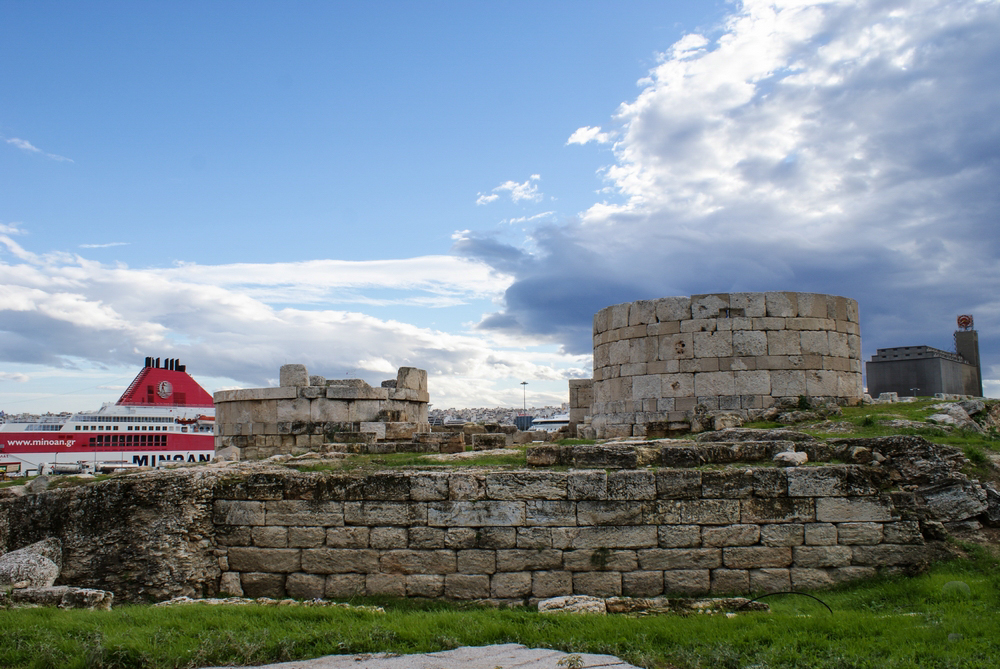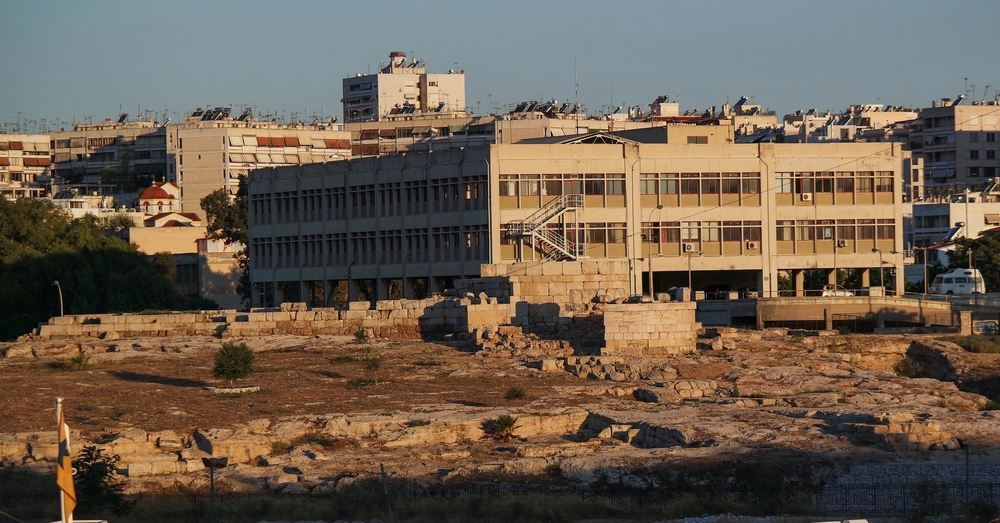Hietioneia Gate
Hietioneia Gate was part of the western side of the walls of the large port of Piraeus.
Location
Timeline
Modern and Contemporary era (1821 - )
Ottoman era (1453- 1821)
Byzantine era (331 AC- 1453)
Roman era (30 BC- 330 AC)
Hellenistic era (322- 31 BC)
Classical era (478-323 BC)
411 BC Construction. The towers probably date back to the 3rd century BC.







Share